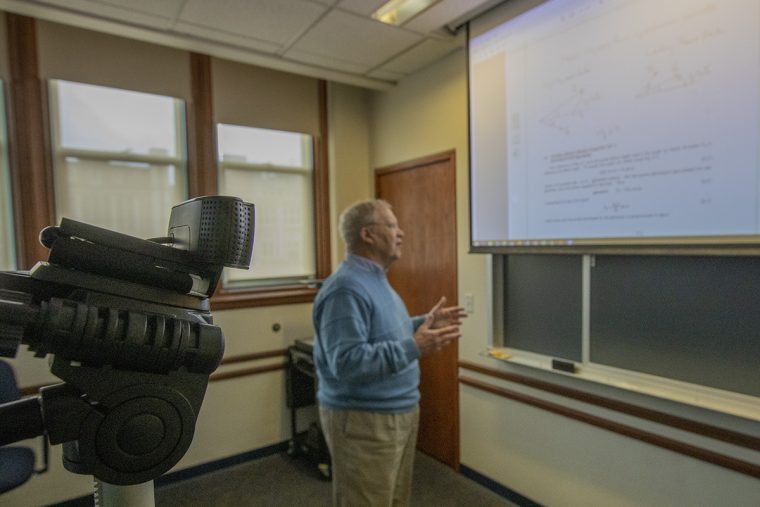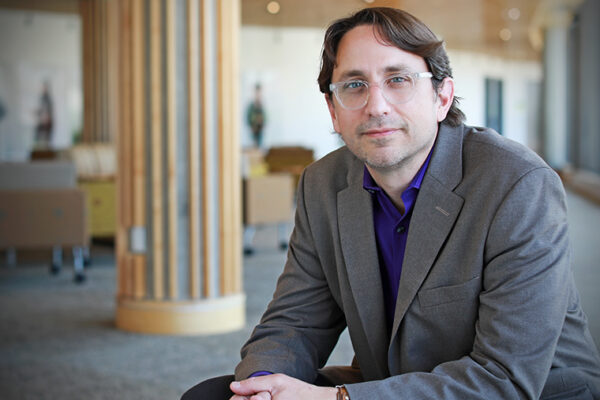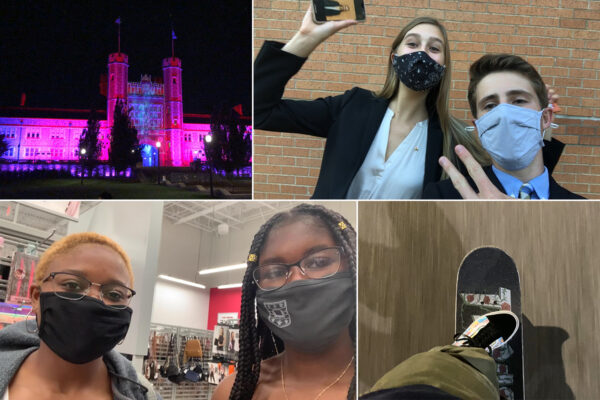As faculty, students and staff come to grips with a new reality, the Center for Teaching and Learning at Washington University in St. Louis has leapt into action to help make the sudden, universitywide transition to online learning.

Eric Fournier, director of educational development, explained that center staff have been holding many individual conversations because the types of classes offered are so different that an approach for one may not work for another.
“There’s no standard answer for every class,” he said.
The key, Fournier said, has been helping faculty focus on what must be accomplished to wrap up the semester, not making it perfect. This is a short-term response, after all, he said. He offered the example of putting a tarp over a home’s roof after a tree damages it in a storm.
“Just keep the rain out until the storm passes. This is the same way,” he said. “A temporary fix for an emergency situation.”
The center has held individual consultations as well as provided a page of resources for online teaching in general. Plus, the center has held many group discussions, from how to move a lab course online to considering how online courses affect students with disabilities, via Zoom — itself an online conferencing tool that many across campus are just learning to embrace.
Among the particular challenges are classes that rely on hands-on work, such as science labs and art studios; language studies, which rely on dialogue but now not only must work in a virtual format but bring together students from vastly different time zones; and the fine arts, such as music or dance.
Elinor Harrison, a postdoctoral researcher in her first year of teaching, knows that all too well.
She has scrambled to reinvent her class, “The Neuroscience of Movement.” The class, housed in the Performing Arts Department in Arts & Sciences, has a wide range of students.
The course incorporates brain science and movement, so it’s not as difficult to shift online as a studio-only course, but it involves a lot of group discussion as well as movements, individually and together, to explore the concepts they’re learning.
With the Center for Teaching’s help, she has quickly gotten up to speed on Zoom’s capabilities and reached out to her students to ensure they have computers, good WiFi and are OK being on video in their homes (and structuring alternatives for those who are not).
Faculty have to figure out all aspects of the course. Some things to consider include: incorporating a new format for daily lectures or discussions; moving the syllabus or other documents to an online, shared system; holding office hours online; changing the structure of exams; and helping students figure out how to complete group projects from afar.
This time has meant a learning curve for faculty and also for Center for Teaching staff, who primarily focus on helping faculty improve their in-person instruction, Fournier said. They have had to bone up on online tools and resources before they could explain and help faculty navigate them.
The staff has had to serve as counselors as well as online instruction trainers at times lately. He said everyone is feeling anxious about making courses work at the same time they are adjusting many other aspects of their daily lives.
As for Harrison, she plans to continue holding Zoom group discussions with time for movements during class as they did on campus. She also adapted, adding in a lesson about how brain activation changes while watching a live dance performance compared with a recording.
“I want to continue running my class as normally as possible,” she said, adding that her students asked for the same, “fostering the sense of community and shared learning that we’ve been developing in the first half of the semester.”
Faculty are trying to keep a sense of humor and flexibility as well. Appropriately, Harrison plans to begin her class next week with a hand-washing dance.
WashU Response to COVID-19
Visit coronavirus.wustl.edu for the latest information about WashU updates and policies. See all stories related to COVID-19.



